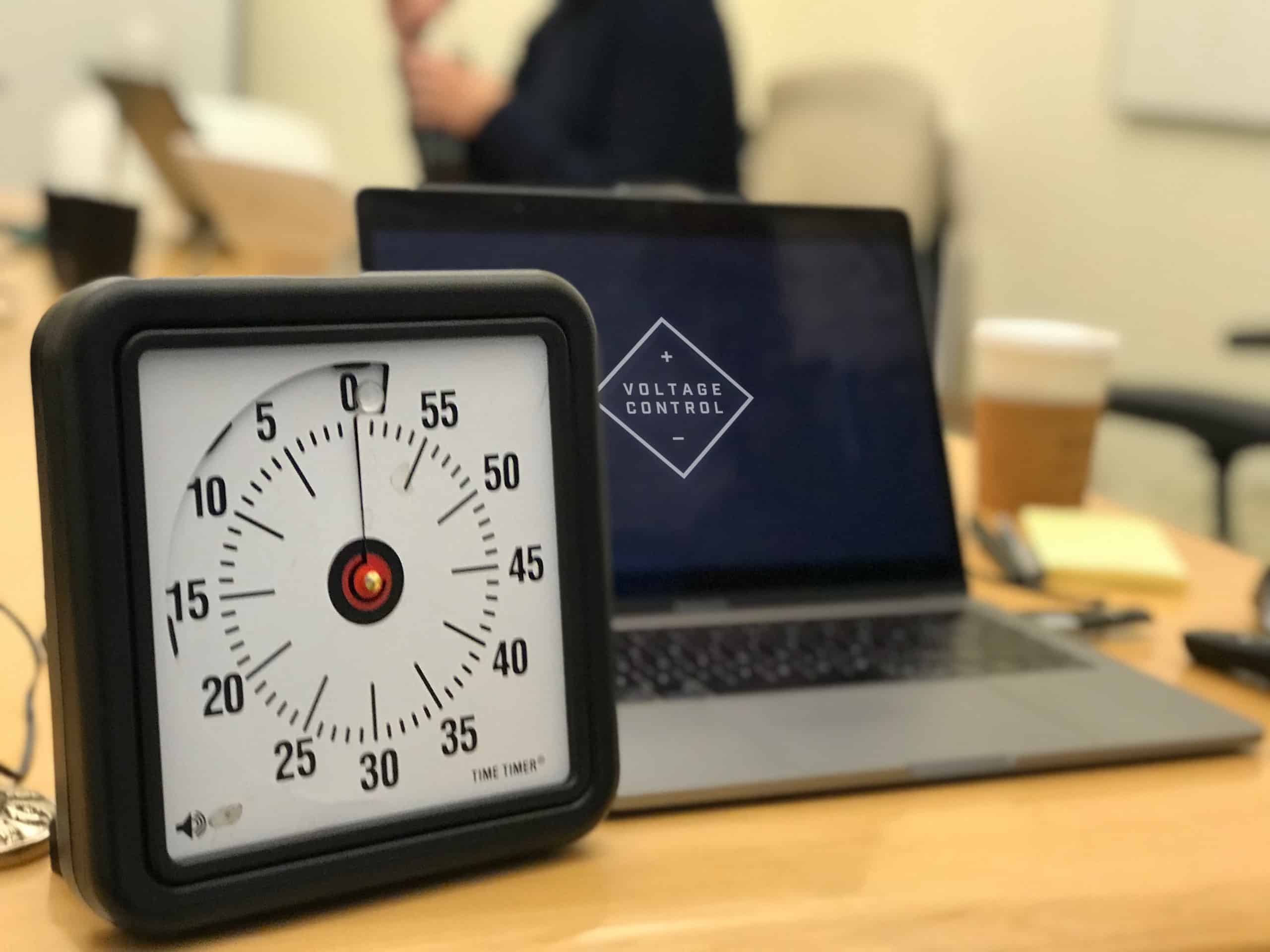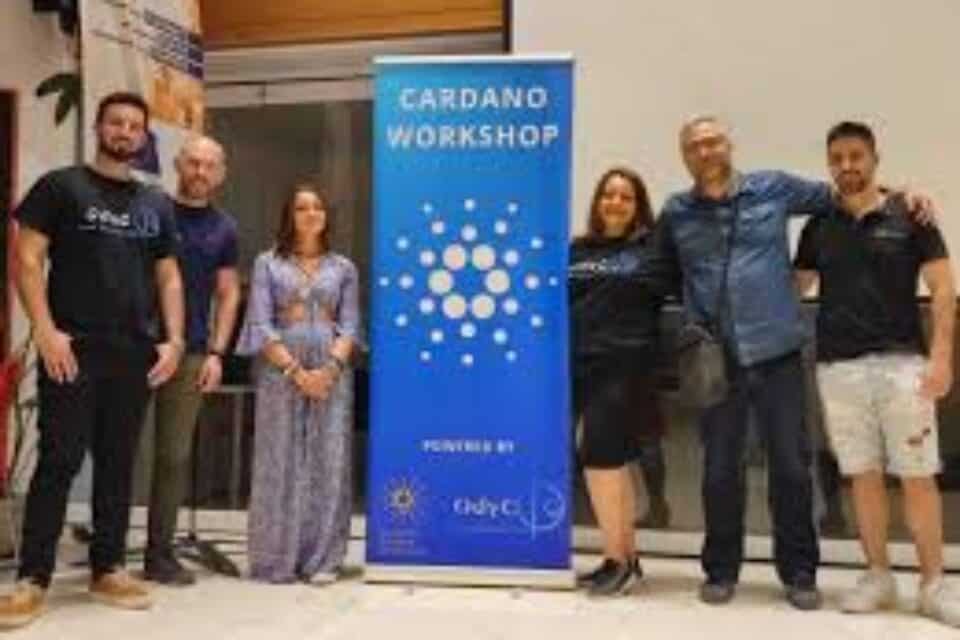
It was about six months ago when I first spoke to members of Apple’s IS&T team about their use of Design Sprints. I remember it sounded quite strange that they were using Design Sprints so frequently. I was intrigued and wanted to learn more. After speaking with them about their process, I started to believe that they were using Design Sprints as a method of requirements gathering. I was wrong.
Requirements Gathering is an activity for identifying and gathering requirements for an information system. While no perfect method suits all projects, a few standard methods are: User Interviews, Storyboarding, Use cases, Questionnaires, Brainstorming, and Prototyping.
Joint Requirements Definition is a method of requirements gathering defined by a group of stakeholders participating in discussions to elicit requirements, analyze their details and uncover cross-functional implications. Similar to Joint Requirements Definition, there is also Joint Application Design and Use Case Workshops. These cross-functional approaches resemble Design Sprints without the streamlined structure or the prototyping and testing.
Since forming my original opinion around Design Sprints for Requirements Gathering, I’ve had the opportunity to work with Fidelity Investments, multiple state agencies, and recently acquired startups that are similarly using Design Sprints. After getting a closer look, it is clear to me that instead of a tool for requirements analysis they are getting to what I am now calling requirements acceptance. The distinction to me was that they were already equipped with requirements. They had done their research and were seeking to validate this research and ensure that the rest of the organization was onboard.
It is not only critical to understand your customer’s needs and how your product aligns with those needs, but you must also understand how these changes or additional impact your organization. For smaller companies, these concerns may be minuscule or nonexistent. Larger companies must address these organization concerns in order to ensure success.
Requirements acceptance, as I’ve come to define it, is a process for socializing your product requirements and where you intend to drive the product. It is often a complicated and involved process to drive to complete alignment across all stakeholders in a larger organization. As I’ve witnessed first hand, Design Sprints offer an alternative path to the months-long typical process most companies engage in.
“Some were frustrated that they weren’t on the same page, but I was excited that we were discovering it now!” — SVP of Fortune 500
I believe there are five big reasons why Design Sprints are so effective at rapid alignment around product requirements and getting organizational requirements acceptance.
Surface Possible Conflict
A Design Sprint prototype provides a concrete view of the proposed solutions. Stakeholders aren’t relying on a memo, it’s real, and they can’t ignore it or convince themselves you mean something entirely different.
Seeing the solution in real and absolute terms bubbles up questions about the offering. Stakeholders and leaders can get their arms around it and really understand it. They can have a concerted vs conceptual conversation.

Accelerate Conflict Resolution
When misunderstandings around requirements or solutions to address those requirements are surfaced early, companies then have the opportunity to stop or adapt. You might decide to proceed down a different path, cancel the project entirely, or adjust course slightly. Regardless of the decision, you can make it today without waiting six months and realizing that there is violent disagreement amongst stakeholders.
Circumvent the Pocket Veto
The Design Sprint prototype prompts a conversation around a proof of concept prototype and supplies proof of commitment. When commitment is recorded and confirmed you avoid the unexpected torpedos that can often stifle progress.

Fast Forward Customer Learning
Even if your prototype is just a landing page, the level of learning and understanding you garner from your customers is immeasurable. Gauging their reactions to your positioning of benefits and key value propositions provides deep insights into the viability your product. The best part is that you can get these insights before investing in building a product.

Building Strong Advocacy
The cross-functional team that you assemble for your Design Sprint walks away from the 5-day process having had one of their most memorial weeks in a long time. They not only have had a fun and engaging break from the doldrums of their typical week, but they’ve also been invited to co-create and participate in the shaping of the solution. They understand why trade-offs were made and can justify the current solution to their constituents. They become advocates for the solution to their part of the organization.
“This is how government should be working” — Richard Wade, Texas Water Development Board
Design Sprints are a powerful tool help large organizations drive rapid organizational alignment and get out of their own way. I would love talk with you about how to Design Sprints might help your organization.


